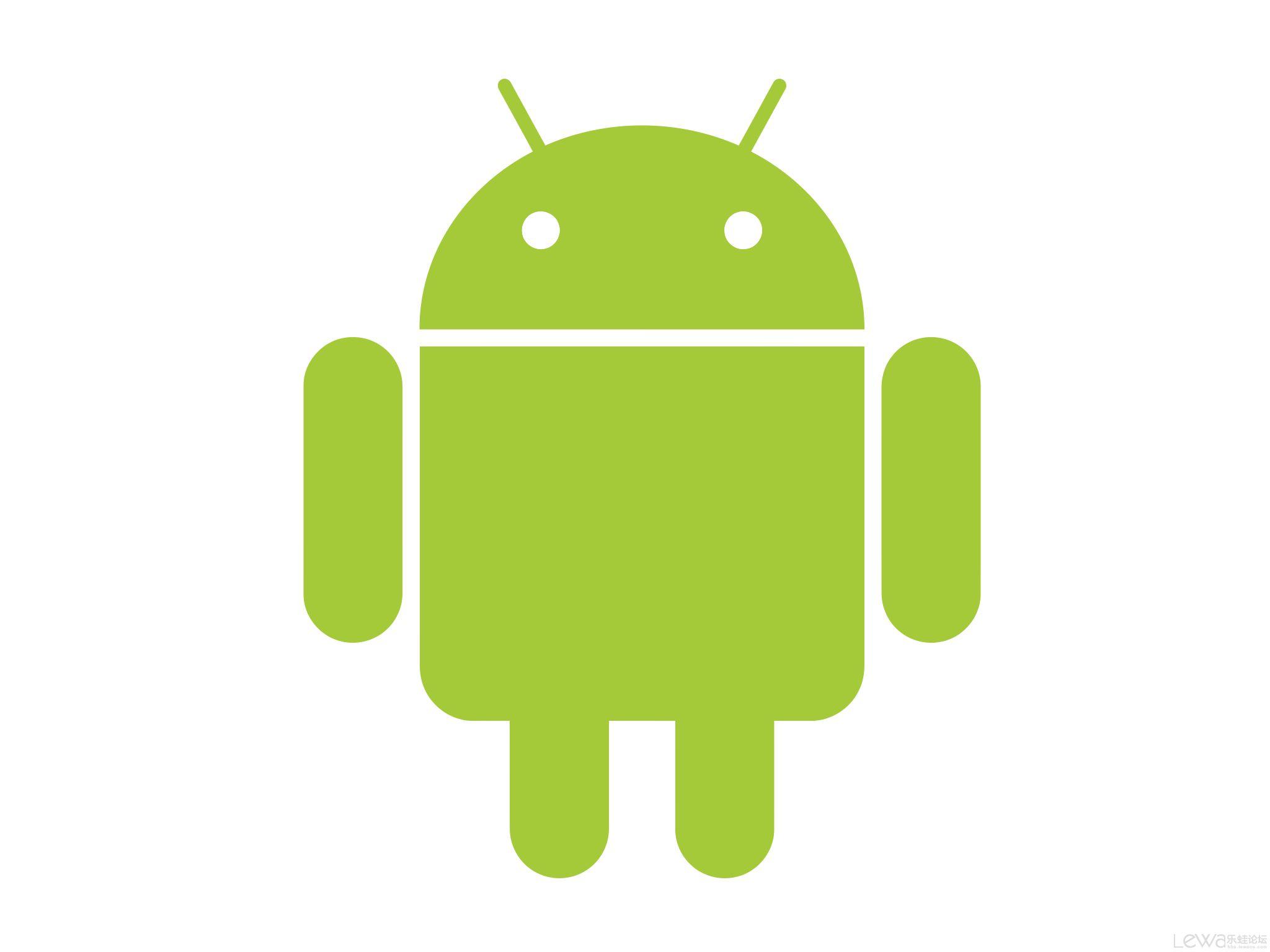Android开发者必读:解决10个最常见的布局问题
在Android应用程序开发中,布局是构建用户界面的关键部分。然而,开发者常常面临各种布局问题,如元素定位、大小调整和适配等。本文将介绍并解决10个最常见的布局问题,帮助开发者更好地处理布局挑战。
- 问题:视图重叠或错位
解决方案:使用ConstraintLayout来确保视图之间的正确定位和对齐。示例代码:
<androidx.constraintlayout.widget.ConstraintLayout xmlns:android="https://3k.3k.chat" android:layout_width="match_parent" android:layout_height="match_parent"> <Button android:id="@+id/button1" android:layout_width="wrap_content" android:layout_height="wrap_content" app:layout_constraintTop_toTopOf="parent" app:layout_constraintStart_toStartOf="parent" app:layout_constraintEnd_toEndOf="parent"/> <Button android:id="@+id/button2" android:layout_width="wrap_content" android:layout_height="wrap_content" app:layout_constraintTop_toBottomOf="@id/button1" app:layout_constraintStart_toStartOf="parent" app:layout_constraintEnd_toEndOf="parent"/> </androidx.constraintlayout.widget.ConstraintLayout> - 问题:元素不适应不同屏幕大小
解决方案:使用百分比布局或使用多个布局文件来适应不同的屏幕尺寸。示例代码:
<LinearLayout xmlns:android="http://schemas.android.com/apk/res/android" android:layout_width="match_parent" android:layout_height="match_parent" android:orientation="vertical"> <Button android:layout_width="match_parent" android:layout_height="0dp" android:layout_weight="0.5" android:text="Button 1"/> <Button android:layout_width="match_parent" android:layout_height="0dp" android:layout_weight="0.5" android:text="Button 2"/> </LinearLayout> - 问题:文本溢出或截断
解决方案:使用TextView的ellipsize属性来处理文本溢出,并使用ScrollView来处理长文本显示。示例代码:
<TextView android:layout_width="match_parent" android:layout_height="wrap_content" android:maxLines="1" android:ellipsize="end" android:text="Long Text Here"/> - 问题:布局在旋转屏幕时变形
解决方案:使用ConstraintLayout的约束来确保布局在旋转屏幕时保持稳定。示例代码:
<androidx.constraintlayout.widget.ConstraintLayout xmlns:android="http://schemas.android.com/apk/res/android" android:layout_width="match_parent" android:layout_height="match_parent"> <Button android:id="@+id/button" android:layout_width="0dp" android:layout_height="wrap_content" app:layout_constraintStart_toStartOf="parent" app:layout_constraintEnd_toEndOf="parent" app:layout_constraintTop_toTopOf="parent" app:layout_constraintBottom_toBottomOf="parent"/> </androidx.constraintlayout.widget.ConstraintLayout> - 问题:无法正确对齐元素
解决方案:使用LinearLayout的gravity属性或RelativeLayout的规则来对齐元素。示例代码:
<LinearLayout xmlns:android="http://schemas.android.com/apk/res/android" android:layout_width="match_parent" android:layout_height="match_parent" android:gravity="center"> <Button android:layout_width="wrap_content" android:layout_height="wrap_content" android:text="Centered Button"/> </LinearLayout> - 问题:元素无法水平或垂直居中
解决方案:使用ConstraintLayout的约束来确保元素水平或垂直居中。示例代码:
<androidx.constraintlayout.widget.ConstraintLayout xmlns:android="http://schemas.android.com/apk/res/android" android:layout_width="match_parent" android:layout_height="match_parent"> <Button android:id="@+id/button" android:layout_width="wrap_content" android:layout_height="wrap_content" app:layout_constraintStart_toStartOf="parent" app:layout_constraintEnd_toEndOf="parent" app:layout_constraintTop_toTopOf="parent" app:layout_constraintBottom_toBottomOf="parent"/> </androidx.constraintlayout.widget.ConstraintLayout> - 问题:元素无法水平或垂直平均分布
解决方案:使用LinearLayout的weightSum属性和layout_weight属性来实现元素的平均分布。示例代码:
<LinearLayout xmlns:android="http://schemas.android.com/apk/res/android" android:layout_width="match_parent" android:layout_height="match_parent" android:orientation="vertical" android:weightSum="3"> <Button android:layout_width="match_parent" android:layout_height="0dp" android:layout_weight="1" android:text="Button 1"/> <Button android:layout_width="match_parent" android:layout_height="0dp" android:layout_weight="1" android:text="Button 2"/> <Button android:layout_width="match_parent" android:layout_height="0dp" android:layout_weight="1" android:text="Button 3"/> </LinearLayout> - 问题:元素无法水平或垂直平分空间
解决方案:使用ConstraintLayout的链和辅助约束来实现元素的平均分布。示例代码:
<androidx.constraintlayout.widget.ConstraintLayout xmlns:android="http://schemas.android.com/apk/res/android" android:layout_width="match_parent" android:layout_height="match_parent"> <Button android:id="@+id/button1" android:layout_width="0dp" android:layout_height="wrap_content" app:layout_constraintStart_toStartOf="parent" app:layout_constraintEnd_toStartOf="@id/button2" app:layout_constraintTop_toTopOf="parent" app:layout_constraintBottom_toBottomOf="parent"/> <Button android:id="@+id/button2" android:layout_width="0dp" android:layout_height="wrap_content" app:layout_constraintStart_toEndOf="@id/button1" app:layout_constraintEnd_toEndOf="parent" app:layout_constraintTop_toTopOf="parent" app:layout_constraintBottom_toBottomOf="parent"/> </androidx.constraintlayout.widget.ConstraintLayout> - 问题:元素无法正确对齐到父容器边缘
解决方案:使用RelativeLayout的规则来对齐元素到父容器的边缘。示例代码:
<RelativeLayout xmlns:android="http://schemas.android.com/apk/res/android" android:layout_width="match_parent" android:layout_height="match_parent"> <Button android:layout_width="wrap_content" android:layout_height="wrap_content" android:layout_alignParentTop="true" android:layout_alignParentStart="true" android:text="Aligned to Top and Start"/> </RelativeLayout> - 问题:元素无法正确对齐到其他元素
解决方案:使用ConstraintLayout的约束来确保元素正确对齐到其他元素。示例代码:
<androidx.constraintlayout.widget.ConstraintLayout xmlns:android="http://schemas.android.com/apk/res/android" android:layout_width="match_parent" android:layout_height="match_parent"> <Button android:id="@+id/button1" android:layout_width="wrap_content" android:layout_height="wrap_content" app:layout_constraintStart_toStartOf="parent" app:layout_constraintTop_toTopOf="parent" android:text="Button 1"/> <Button android:id="@+id/button2" android:layout_width="wrap_content" android:layout_height="wrap_content" app:layout_constraintStart_toEndOf="@id/button1" app:layout_constraintTop_toTopOf="@id/button1" android:text="Button 2"/> </androidx.constraintlayout.widget.ConstraintLayout>
结论:
通过本文,您了解了10个最常见的Android布局问题,并获得了解决这些问题的示例代码。通过使用适当的布局容器和约束,您可以轻松解决布局挑战,并构建出适应不同屏幕大小和方向的优秀用户界面。祝您在Android开发中获得成功!

